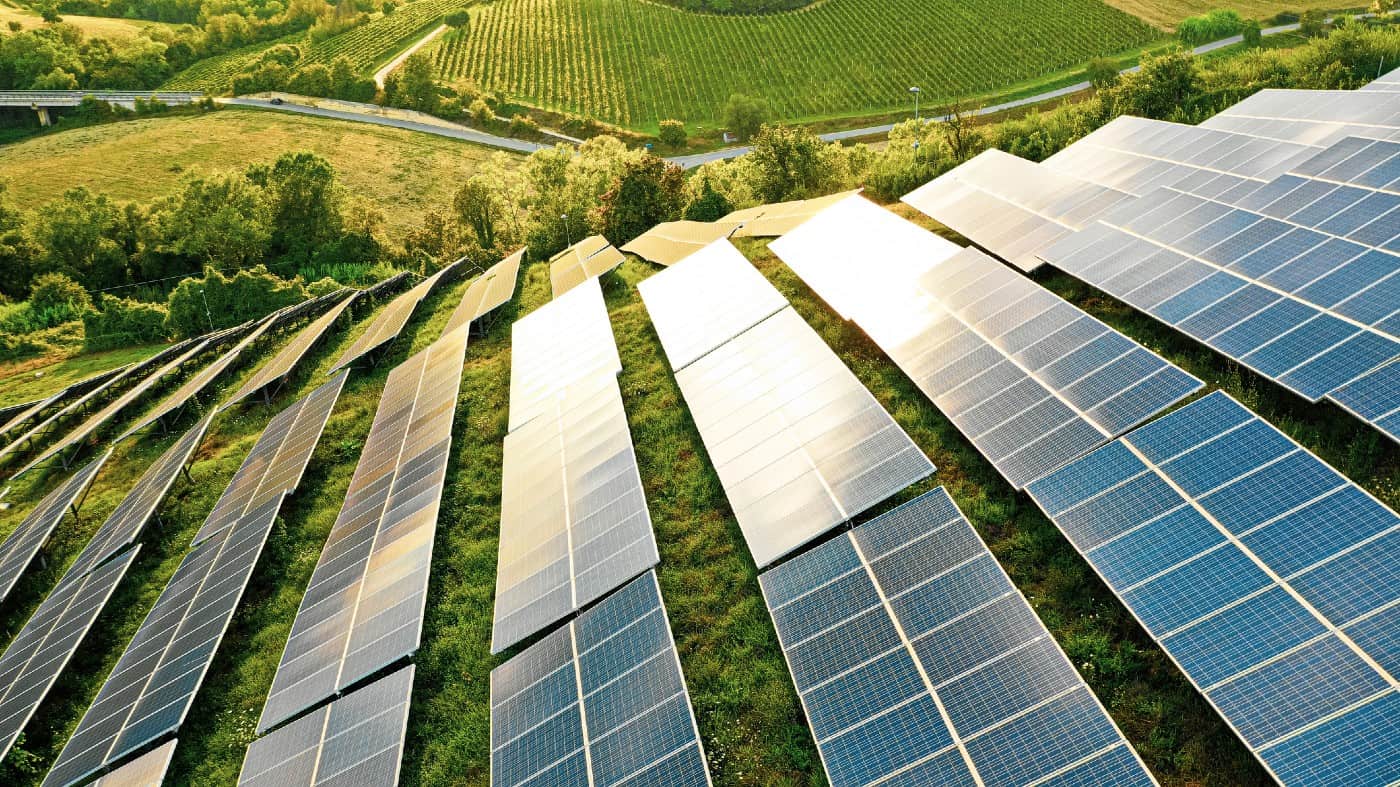The UK stock market has literally dozens of quality high-yield dividend stocks that can provide investors with reliable and growing passive income.
In particular, I think renewable energy shares offer great value at the moment. They have recently dropped out of favour, offering savvy long-term investors an opportunity to pick up attractive levels of passive income.
And one high-yield FTSE 250 stock especially stands out to me today.
Should you invest £1,000 in Nextenergy Solar Fund Limited right now?
When investing expert Mark Rogers has a stock tip, it can pay to listen. After all, the flagship Motley Fool Share Advisor newsletter he has run for nearly a decade has provided thousands of paying members with top stock recommendations from the UK and US markets. And right now, Mark thinks there are 6 standout stocks that investors should consider buying. Want to see if Nextenergy Solar Fund Limited made the list?
Built for the future
NextEnergy Solar Fund (LSE: NESF) is a £598m renewable energy investment company that owns a portfolio of diversified solar infrastructure assets and energy storage facilities.
The specialist fund has around 99 solar investments and makes money by selling the electricity these assets generate. A significant proportion of these returns is distributed as income to shareholders.
It is predominantly invested in the UK (85% of assets) and Italy (10.9%), though it has a small presence in Spain, Portugal, and other international markets too. This diversification is attractive to me as an investor.
Over a six-month period last year, the company estimates its solar assets produced enough energy to power 354,274 UK homes. And it estimates that a predicted 7,749GW of solar and energy storage is due to be installed globally by 2050, up from 832GW in 2019.
This stupendous growth should give the fund a solid foundation from which to pay me a reliable stream of passive income.
£1,000 a year in passive income
Today, the stock carries a market-thumping dividend yield of 7.4%.
The share price is 101p, as I write, with one share yielding a dividend of 7.52p. That means I’d need approximately 13,366 shares to generate £1,000 a year in passive income. That would set me back about £13,500.
Now, while I like this stock, I’d only ever make it part of a well diversified income portfolio.
That’s because it’s not guaranteed that dividend payments will always be met. They can be reduced or cut altogether to preserve capital.
Plus, there’s currently a 45% windfall tax levied on UK renewable electricity generators. Implemented at the start of the year, it isn’t due to expire until 2028.
This could prevent further investment and ultimately put a ceiling on how much the dividend is raised. And this probably explains why the sector has fallen out of favour recently.
But my holding period would ideally stretch well beyond 2028. So it doesn’t worry me too much.
Final thoughts
The company recently announced plans to sell off a 236MW portfolio of subsidy-free UK solar assets to reduce gearing, buy back shares, and invest in new assets.
It says cutting debt will strengthen free cash flows and further increase dividend cover. This should improve the long-term sustainability of the payouts.
I also note that the shares are currently trading at a 9.5% discount to the net asset value (NAV) of the fund. That suggests a margin of safety buying in at today’s price, though that discount could always widen further.
The company is due to announce its full-year results (year ended 31 March) next week. If the report is promising, I intend to add the stock to my own portfolio as soon as I have the capital available.








